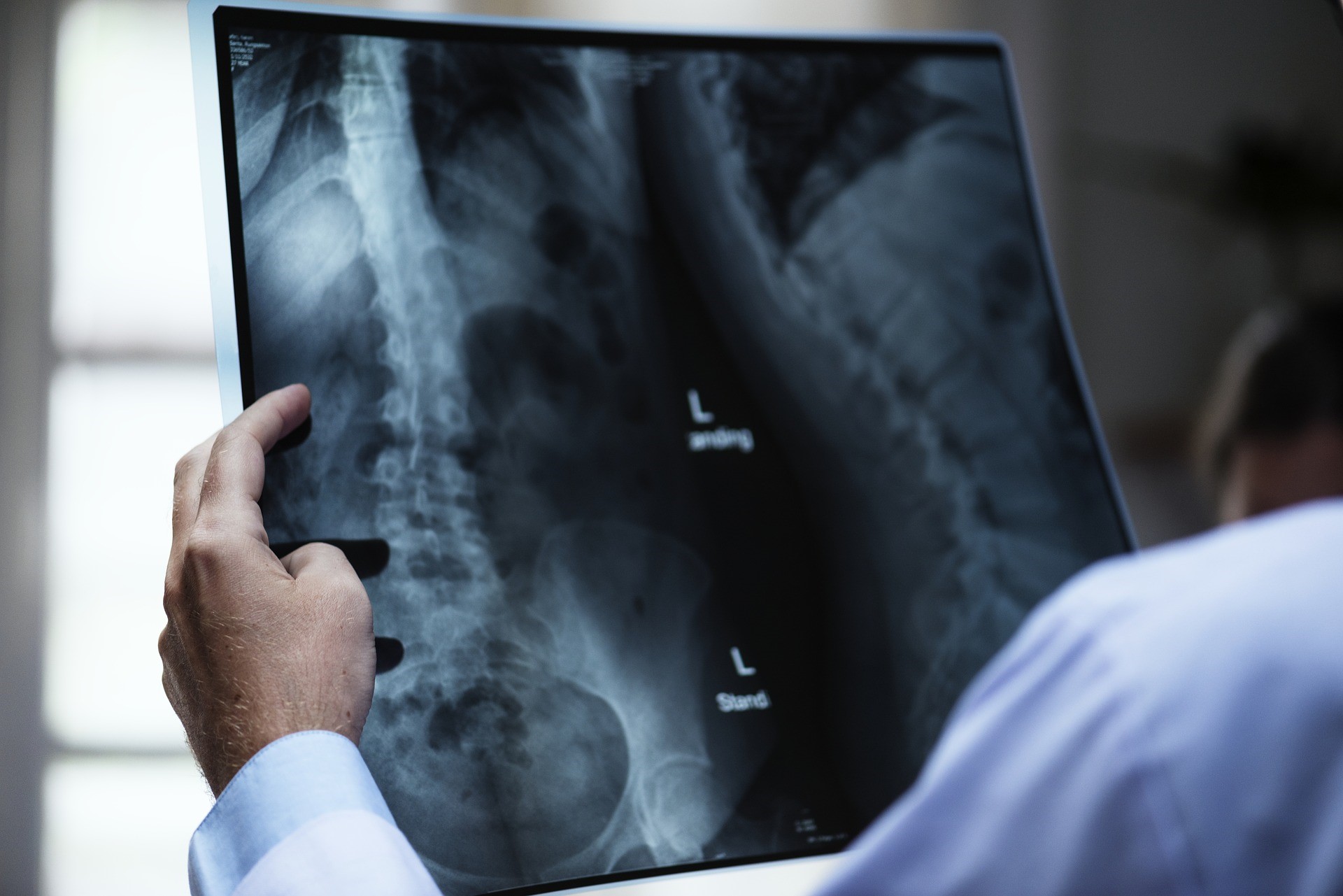According to the Occupational Health and Safety Administration (OHSA), back injuries at work are second only to hand injuries as the most prevalent work environment injury.
Common job site back injuries consist of:
- Lower back pressure
- Bulging, herniated, and slipped discs
- Fractured vertebrae
- Pinched nerves
- Spinal cord damage
Many job site back injuries are the outcome of over-extension (twisting) of the spinal column from heavy lifting, pulling, pressing, or bad posture while sitting for an prolonged period. Back injuries at work are typically painful and need extended treatment and healing time.
Reasons For Back Pain
Pain in the back from a job site injury can have several causes. It can come from a single act, like raising a box that’s too heavy, or from a gradual, consistent pressure on back muscles, ligaments, and the disks protecting your vertebrae. Recurring motions, such as lifting, pulling, pressing, packing, and even sitting incorrectly can ultimately cause your back to become compromised or become strained in some manner.
Back pain can be severe or chronic:
Severe pain comes on rapidly, however decreases within 3 to 6 weeks. While acute neck and back pain can be unbearable, it is short-term.
Chronic pain continues for more than 6 weeks. Chronic back pain can be present for many years, and even last a lifetime.
The spine is made up of twenty-four moving vertebrae and 9 that are merged. In between each moving vertebra is a disk. These are filled with fluid and act as shock absorbers, separating and cushioning each vertebra. A back injury can cause one or more disks to protrude or herniate. Without the cushioning disks, vertebrae grate against each other and spine nerves end up being inflamed, triggering pain.
Ligaments of dense tissue around the spine keep the spinal column in place while enabling it to flex and twist. When the spine is severely overextended, the ligaments can stretch out of place or tear, which triggers severe discomfort and stress.
Muscles extend up and down the spine on both sides of the vertebrae. These muscles assist with lifting, pulling or pressing heavy loads. Like muscles throughout the body, over-extension, sprains, and tears can happen.
The spinal column surrounds and secures the spine. The spinal cord has countless nerve endings that send out messages in between the brain and body. A spinal cord injury can be physically debilitating and may lead to paralysis or perhaps death.
What to Do If You Suffer a Back Injury at Work
If you sustain an injury at work, you’re entitled to employees’ compensation packages. Those benefits cover your medical and treatment bills, out-of-pocket expenditures, costs of transportation to and from treatment, and approximately two-thirds of your lost earnings. You might also want to seek the suggestions of a skilled Covington, Louisiana personal injury lawyer.
The employees’ comp procedure begins when you initially report your injury to your company or designated manager. The first report of injury is normally submitted on a DWC-1 document. You record particular details about the date, time, and reason for your injury on this injury document. If you’re seriously hurt and have to be hospitalized, you might not have the ability to finish the form till you’re stable.
After reporting your injury, you’ll get a list of company-approved doctors from your employer. You need to pick one as your main physician. The primary doctor is responsible for evaluating you and making recommendations to professionals or other healthcare companies, such as orthopedists, podiatric doctors, or chiropractic specialists.
When your physician identifies you’ve reached a level of MMI (Maximum Medical Improvement), she’ll offer you a return to work document. The document indicates whether or not you are cleared to return to your previous type of work.
If your back injury is detected as:
- Short-lived partial special needs, you may have the ability to resume your previous workplace tasks after a healing time.
- Permanent partial disability, you might be able to return to work, however not at your former workplace responsibilities. If possible, your employer may designate you to another position that accommodates your disability. (If such a position isn’t offered, you may have to look for work somewhere else.).
- Irreversible overall disability, you will not have the ability to return to your previous job.
Treatment for Back Pain
Treatment for back injuries at work range from moderate (applying cold and hot compresses), to comprehensive (surgical treatment as a last hope). Your physician may suggest drugs to lower pain and swelling, such as acetaminophen, aspirin, ibuprofen, or other non-steroidal anti-inflammatory drugs (NSAIDS).
To control severe pain, he or she may recommend narcotic painkillers or other effective medications. Additional treatment can include chiropractic care, massage, ultrasound therapy, and whirlpools.
The majority of injured workers wish to return to work as quickly as possible. Making it through on partial incomes can be demanding and frustrating; however, failing to follow your recommended course of treatment or going back to work before being at a recommended stage can delay your healing. You can be re-injured or get another, secondary injury associated to your main back injury.
Settlement for your Back Injury
You might be able to recover compensation for your costs by filing an insurance coverage claim or personal injury suit. Consulting a Covington LA personal injury lawyer, who focuses on back injuries, can assist you in figuring out the best options for your scenario. Your Covington LA personal injury lawyer will examine your case and collect the evidence needed to support your claim, working to get for you the settlement you deserve.
https://commondatastorage.googleapis.com/baa-personal-injury/Back-Injury-Lawyer-Covington-LA.MP4
From https://covingtonpersonalinjury0.blogspot.com/2018/08/back-injuries-in-workplace.html
from
https://covingtonpersonalinjury.wordpress.com/2018/08/06/back-injuries-in-the-workplace/

No comments:
Post a Comment